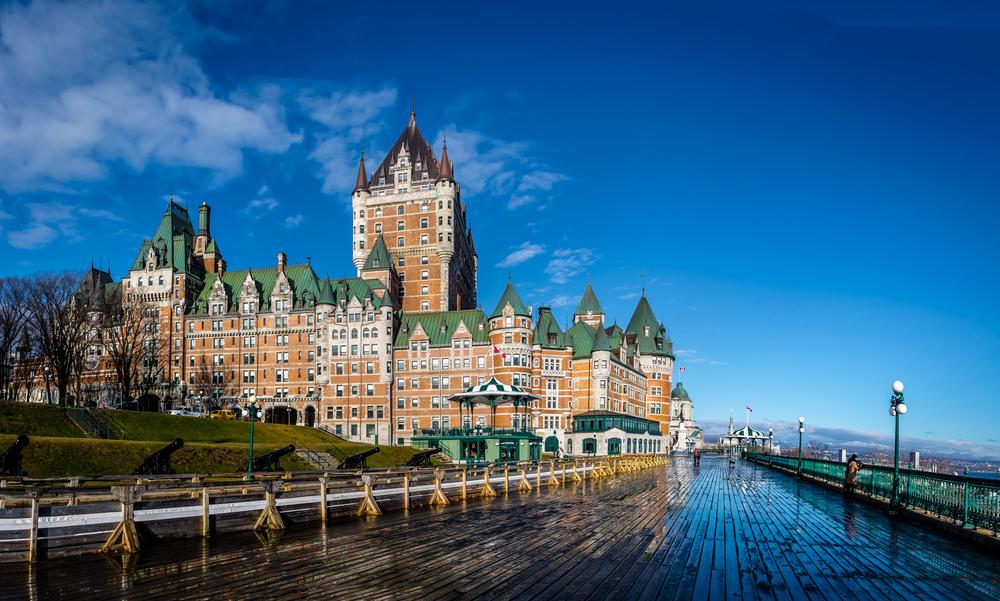The early morning sun peeked through our curtains as our ship eased into her berth, engines slowly rumbling as she maneuvered into position. Rather than totally wake me, however, the sounds and gentle vibrations lulled me back into a deep slumber. My wife, Nancy, as it turns out, slept through the entire docking process. This is the kind of relaxing vacation that suits us, I thought. After a few more restful hours, we explored Quebec City, the first Canadian port of call aboard the Zaandam, one of the ships in the Holland America fleet.
Our seven-day route took us from Montreal to Boston, respectively the embarkation and debarkation points. The other destinations included Quebec City, Charlottetown, Sydney, Halifax, and Bar Harbor.





